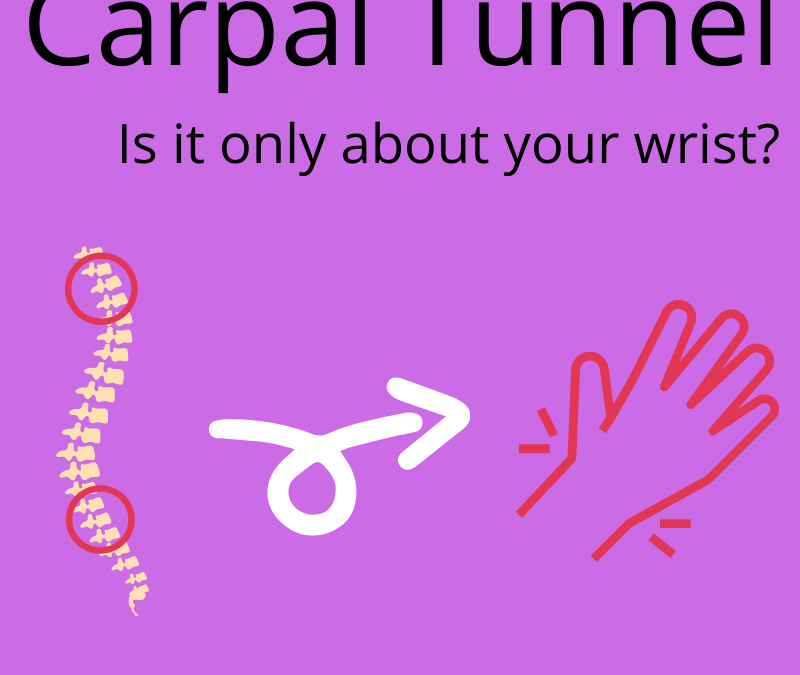For Dale as a computer guy for the last 20 years he had the “mild” version of it in that his fingers would get tingly and numb sometimes but was able to shake it or stretch it out.
But for some of our clients it gets to the point where they are forced to take pain killers regularly, take steroid shots, wear braces at night, or even seek out surgery to try and reduce the problem (which has mixed results if it works or not).
These are the outcomes but what causes this mysterious painful treat of the wrist? Is the problem in both hands? And what have you tried that has worked to get rid of this problem?
- Stretching? (Pulling fingers back?)
- Changed your environment? (a different keyboard or mouse)
- Changed what hand you did your job with? (using the mouse with your opposite hand)
- Pain Killers?
- Surgery?
Listen in to our talk on Carpal Tunnel to learn more about what it is and what you can do to prevent it AND more importantly, get rid of it!👍
?And have you noticed other things maybe have started to hurt or not move as well as it used to? Is your neck and chest tight? One way to know is how well can you shoulder check? Is that easy for you?
Most of the information available on the internet point mainly at the symptom, or the problem in your hand but do not take into account what is going on in the rest of your body that may be contributing to this problem. If one area of the body is working really hard (neck, chest and shoulders) how can it affect other parts of the body – like the arms and hands?
And how can you move to help reduce this pain? Can there be something more than just stretching, pain killers/cortisone shots, and surgeries
Follow along in the exercise video to see if anything changes with your hands.
Simple exercises to help your arms/hands (and brain?) work and feel better! 👍👍👍 Exercise starts at 2 min 40 sec.
Simple Exercise to Help with Carpal Tunnel (or watch video)
Start with the thumb and move it up and down a couple times, SLOWLY and VERY SMALL, and with as LITTLE effort as you can.
Look at the mirror – imagining that the hand that is hidden behind it is the one that is moving.
Be curious about how it moves. Have fun! You are just moving your hand here. Think how you may have done this if you were a kid and do it that way.
Move your thumb up and down 2-3 times. Then move on to the pointer finger, doing the same. Lift it up slowly and lower it slowly.
Do this for each of your fingers. Take your time and notice if you are holding your breath. Can you breath easy and comfortably throughout the exercise.
At the end see if both hands (the one you moved and the one you didn’t) and arm feels different than at the beginning. Move it around a bit. Is there a difference between your left hand and right hand in how you it moves?
Where to next?
Although there is no one best approach to dealing with Carpal Tunnel, some methods seem to lead to a speedier, better, and a fuller recovery.
At MOVE Therapies we focus on the power of brain plasticity as the hub of recovery – and that is the key to the effectiveness of the therapy to do.
If you want more information for what we do at Move Therapies please contact us, book a Free 15 min appointment, or please look at our testimonials to see what others have had to say about us.
Dale does a deep dive in to talking about the spine and its relationship to Carpal Tunnel.
